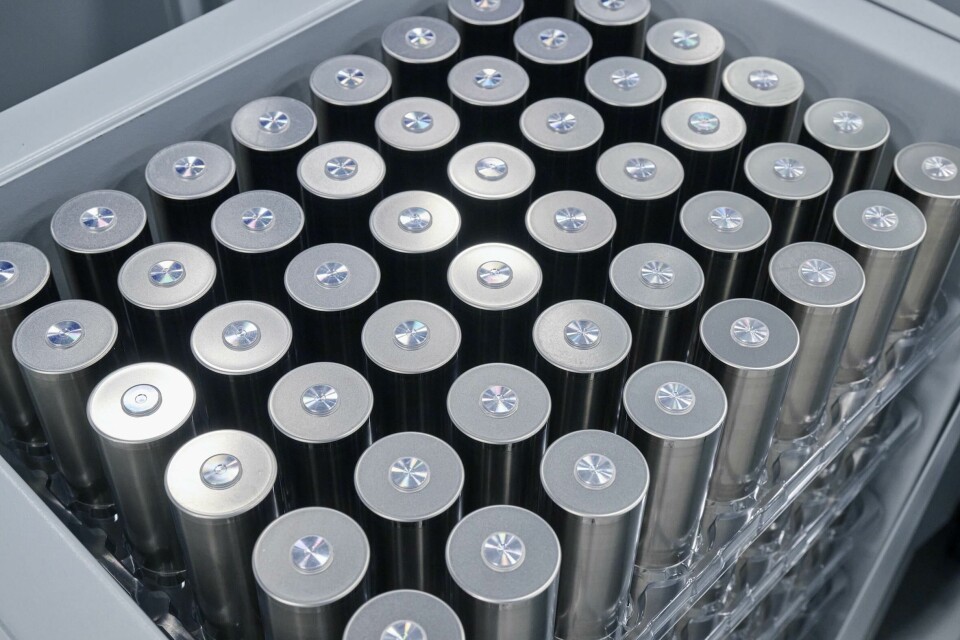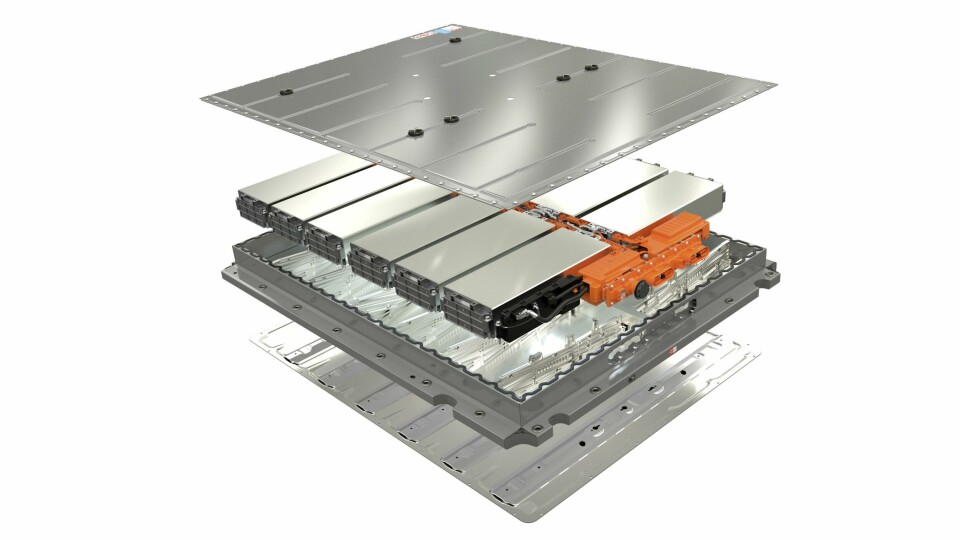EV battery supply – potential materials shortages
S&P’s Global Mobility division offers some insights into battery raw material supply chains and the impact of market changes.

The slowing demand for battery electric vehicles (BEV) in major markets has had a knock-on effect for the vehicle makers and seen an inevitable rebalancing of their production operations, both planned and ongoing. Battery supply has been the focus of much attention in Europe, with the region’s OEMs vying to secure a stable supply of the finished battery cells and the key raw materials. And this area too has seen a shift with the established European vehicle makers looking to reduce their dependence on cell manufacturers in Asia, mainly China and South Korea. This has seen a strong drive to bring cell production in-house and several planned battery gigafactory projects. However, with a combination of strong cost competition from the established cell producers and a wavering BEV market, some of these projects have been abandoned, delayed or scaled back.
In a presentation on the value chain for battery cell raw materials, at this year’s Battery Show in Stuttgart, Ali Adim, head of the battery research team at S&P Global Mobility offered some insights into the company’s resent forecasts. He noted that while S&P had cut its BEV production forecast for 2024, the impact of this reduction would be less pronounced in the longer term, but he observed that overall, this did reflect a somewhat negative sentiment towards BEV sales.
Regional variations in BEV markets
In the global context Adim explained that this differed in its impact across different regions, noting while North America and Europe were experiencing stagnation in their respective BEV markets, China had continued to perform well. Some of this disparity was attributed to affordability of the BEVs in those markets.
Looking upstream in the battery supply chain Adim pointed to effect on slowing demand on the raw material supply side; the mining and refining of key materials such as lithium, nickel and cobalt.
Again, he offered some context with a look at demand versus announced capacities for battery cell production across the globe. In 2023 there was 750GWh of demand, but the overall announced production capacity across the world was more than 2000GWh, which Adim noted made for around a 35% production utilisation rate, indicating an oversupply situation when it came to the battery cell supply chain. He observed that this had been manifested by the lowering of prices by players like CATL and BYD, which created a big challenge for the newcomers coming into the battery market, especially in Europe and North America. He noted that S&P anticipated that this oversupply situation would linger in this decade, but that the utilisation rate, will increase from 35% to 50%.
Focusing on Europe, the announced production capacity and demand are quite comparable, but the actual localised battery production for European cars is approximately 50%. But Adim noted that in the longer term while Europe might need some level of imports from other regions, utilisation would increase, and it is predicted that there will be enough capacity.
However, this is not the biggest issue, as Adim pointed out that it takes two years to build a gigafactory, making it quite easy to increase this capacity. So, the major cell producers will adjust their investment according to the state of the market.

Imbalance in raw materials supply chain
The big issue S&P identified is upstream in the materials supply chain. Adim noted that this is an area dealing with an oversupply situation, with demand is lower than the capacity.
The company’s Commodity Briefing service, forecasts the demand and supply of raw materials comprising all the different applications that might exist for each raw material and comparing it with the supply. The market balance for three critical minerals, lithium, cobalt and nickel showed all three materials are dealing with a surplus that has manifested itself with lowering prices. According to Adim this surplus is forecast to diminish but in the short term, dealing with the surplus and lowering prices, a lot of commodity players are struggling financially, experiencing terrible balance sheets. Adim noted the imbalance between the short-term and longer-term perspectives. This short-term oversupply situation is reducing investments in expanding the refining capacity of these materials for battery cell applications, but this extra capacity will be very import to meet demand from long-term growth in BEV production.
Adim suggested any future materials supply issues could be less pronounced as a result of OEMs in Europe and North America become more settled on battery pack size and cell chemistries. Different factors influence the battery pack size, such as range anxiety, charging infrastructure or the cost and availability of raw materials. Adim observed that the European and North American markets will probably settle on pack sizes split between higher range and lower range options depending on the application and vehicle segment, and probably using LFP batteries. But he notes that S&P sees a different trend China, where they expect to have a rising average battery pack size. This is because the Chinese BEV market is currently dominated by small city cars with small battery pack sizes, but this market will expand to include other vehicle segments, like the premium segment, that will require larger battery packs.
Battery cathode chemistry choices
Adim highlighted that another area of development to tackle potential materials shortages was to work around the battery cathode chemistries, especially the use of nickel and cobalt. He noted there’s a huge momentum for the iron-based chemistry, especially in China. In China, the production of LFP BEVs has reached to more than 60% market share. However, in Europe and North America nickel-based chemistries still dominate. Adim observed that as these two regions expand their respective production output and materials choices, the impact of the two trends will taper off each other.
There are other novel chemistries that are emerging, like lithium manganese iron phosphate (LMFP), that offer a good balance between affordability and energy density. Adim said that this chemistry is targeting the volume market in terms being competitive on price and that other chemistries such as sodium ion would be a useful choice at it offsets the need for lithium, and that it could be the only option in a potential shortage situation for lithium.
S&P highlighted some of the continuing challenges running through the battery supply chain. However, although there are certainly a number of adverse factors influencing EV and battery cell production operations and plans, the outlook was largely positive, with continuing development of technologies and widening choices in materials providing solutions to cost and supply concerns.


